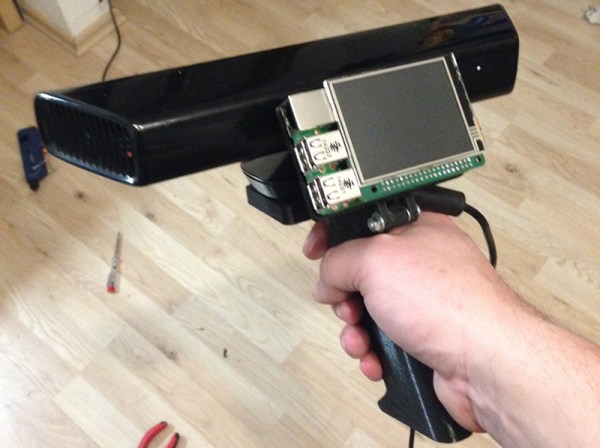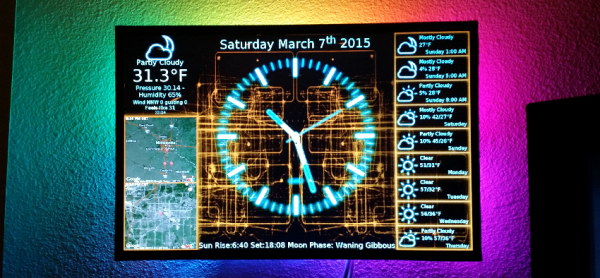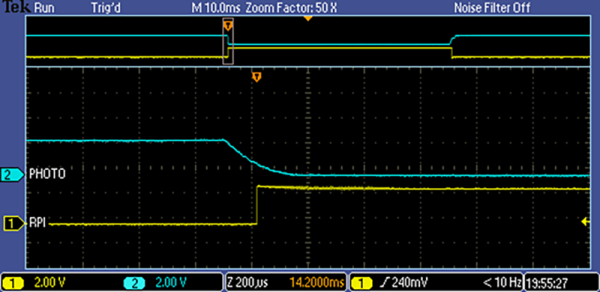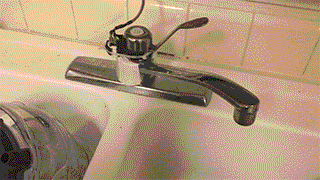[JosephErnest] wanted a cost-effective alternative to the commercially available MIDI samplers and expanders on the market. He also wanted to avoid being tethered to a computer all the time. His solution is the SamplerBox, a standalone drop-and-play sampler that costs less than 100 euros to make. Simply insert an SD card with your sample set in WAV format, boot it up, and play it through your keyboard or MIDI controller to your heart’s content!
[JosephErnest] used a Raspberry Pi 2 in the SamplerBox because it provided higher performance. He wasn’t thrilled with the sound quality of its built-in soundcard, so he installed a USB DAC PCM2704 (an older model, but any USB DAC will do) to output the audio. He also installed a USB card reader to make switching SD cards containing sampler sets easier while keeping the Pi 2’s own microUSB card exclusively for the OS and software. Both a DIN MIDI connector and USB are included as MIDI inputs in the design. If you only plan to use a USB, the MIDI connector can be omitted from the build. The software is written in Python and cython which allows the Pi 2 to have over 128-voice polyphony. Users can also create their own sample sets to use with the SamplerBox. Preset changes can be made on the fly. All we need to rock out are some music lessons!
Continue reading “SamplerBox Uses Raspberry Pi 2 To Make Music”


















